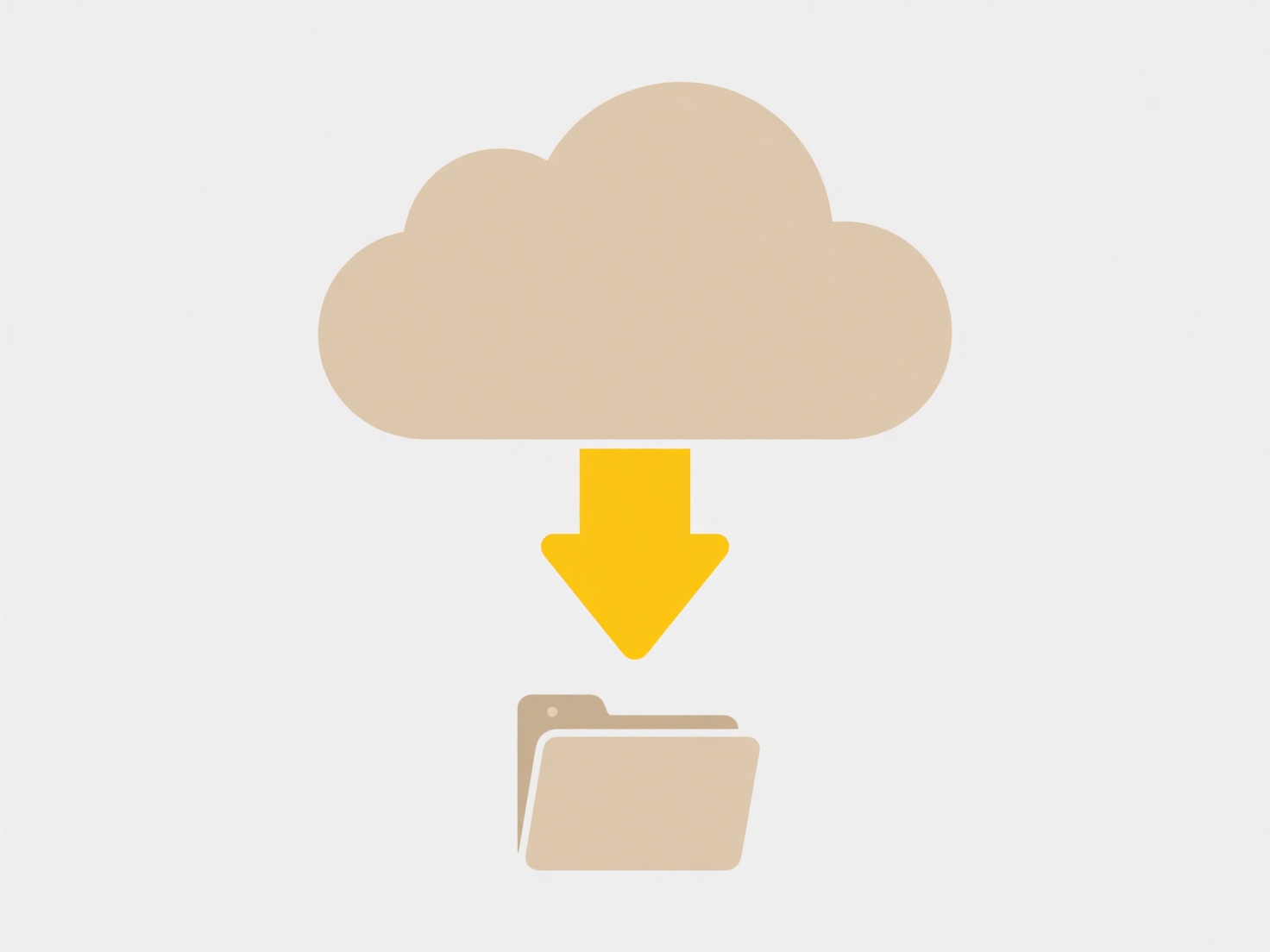
MOV (QuickTime File Format) and MP4 (MPEG-4 Part 14) are both digital container formats primarily used for storing video, audio, and other data like subtitles. MOV was developed by Apple for its QuickTime framework and is closely associated with macOS and iOS ecosystems. MP4, based on the QuickTime file format standard, is an international standard (ISO/IEC 14496-14) designed for broader interoperability. Both can contain video compressed using common codecs like H.264 or H.265. The key difference lies in their origin and compatibility: MOV is an older, proprietary Apple format, while MP4 is the universal, standardized version intended for widespread use across diverse platforms.
MOV files are heavily favored within the Apple ecosystem, commonly used in professional video editing workflows using Final Cut Pro X or exported by default from Apple's QuickTime Player screen recorder. MP4 files are the standard for web-based video distribution and sharing. Platforms like YouTube, Vimeo, Netflix, and most social media sites (Facebook, Instagram) recommend or heavily prefer MP4 uploads. Digital cameras and smartphones also often default to saving recordings as MP4 files due to their universal playback support.

MP4's primary advantage is its near-universal compatibility across operating systems, devices, media players, and web browsers without needing additional software, making it ideal for distribution. MOV retains some advantages within professional Apple video environments, like potentially better handling of complex editing projects or specific timecode information, but its proprietary nature limits broader compatibility. Both formats face similar limitations regarding the quality of the actual video/audio streams, as this depends on the specific codecs used, not the container itself. For most users seeking easy sharing and playback, MP4 is generally the preferred format.
What is the difference between .mov and .mp4?
MOV (QuickTime File Format) and MP4 (MPEG-4 Part 14) are both digital container formats primarily used for storing video, audio, and other data like subtitles. MOV was developed by Apple for its QuickTime framework and is closely associated with macOS and iOS ecosystems. MP4, based on the QuickTime file format standard, is an international standard (ISO/IEC 14496-14) designed for broader interoperability. Both can contain video compressed using common codecs like H.264 or H.265. The key difference lies in their origin and compatibility: MOV is an older, proprietary Apple format, while MP4 is the universal, standardized version intended for widespread use across diverse platforms.
MOV files are heavily favored within the Apple ecosystem, commonly used in professional video editing workflows using Final Cut Pro X or exported by default from Apple's QuickTime Player screen recorder. MP4 files are the standard for web-based video distribution and sharing. Platforms like YouTube, Vimeo, Netflix, and most social media sites (Facebook, Instagram) recommend or heavily prefer MP4 uploads. Digital cameras and smartphones also often default to saving recordings as MP4 files due to their universal playback support.

MP4's primary advantage is its near-universal compatibility across operating systems, devices, media players, and web browsers without needing additional software, making it ideal for distribution. MOV retains some advantages within professional Apple video environments, like potentially better handling of complex editing projects or specific timecode information, but its proprietary nature limits broader compatibility. Both formats face similar limitations regarding the quality of the actual video/audio streams, as this depends on the specific codecs used, not the container itself. For most users seeking easy sharing and playback, MP4 is generally the preferred format.
Quick Article Links
How do I organize for client handoffs?
Client handoffs involve the formal process of transferring deliverables, knowledge, and responsibility from a service pr...
What's the difference between a file name and a file extension?
A file name is the unique identifier you give to a file for easy recognition, like "VacationPhoto" or "QuarterlyReport"....
Can I batch rename files uploaded by users?
Yes, batch renaming user-uploaded files is technically achievable using server-side scripting languages like Python, PHP...